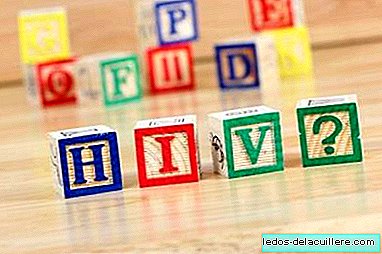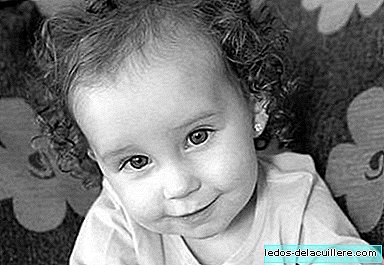
Today, December 1 is celebrated on World AIDS Day, and although much remains to be done, it is on the right track. According to UNICEF data, between 2005 and 2013, 1.1 million HIV infections have been avoided in children under 15, since the new cases have decreased more than 50 percent.
Progress has been possible thanks to the prevention of mother-to-child transmission to which millions of pregnant women now have access.
Africa is the continent that has suffered the most from the scourges of AIDS. The transmission of the virus from mothers to children reached 40 percent and many children and mothers died (and continue to die) every year from this cause.
The good news is that as of 2009, eight African countries (Malawi, Ethiopia, Zimbabwe, Botswana, Namibia, Mozambique, South Africa and Ghana) have had a decrease in new cases of between 50 and 67 percent.
Even so, the goal of reducing new HIV infections by 90% by 2015 is still far from being achieved. One of the main difficulties lies in the inequalities in access to treatment with antiretroviral medicines. 37% of adults have access to them compared to 23% of children under 15 years.
When it is possible to administer antiretroviral treatments to pregnant women, most babies are born healthy, even though their mothers have HIV. Therefore, it is very important to continue working on this aspect as well as the promotion of breastfeeding, since it is a powerful protection factor that slows the spread of HIV.












